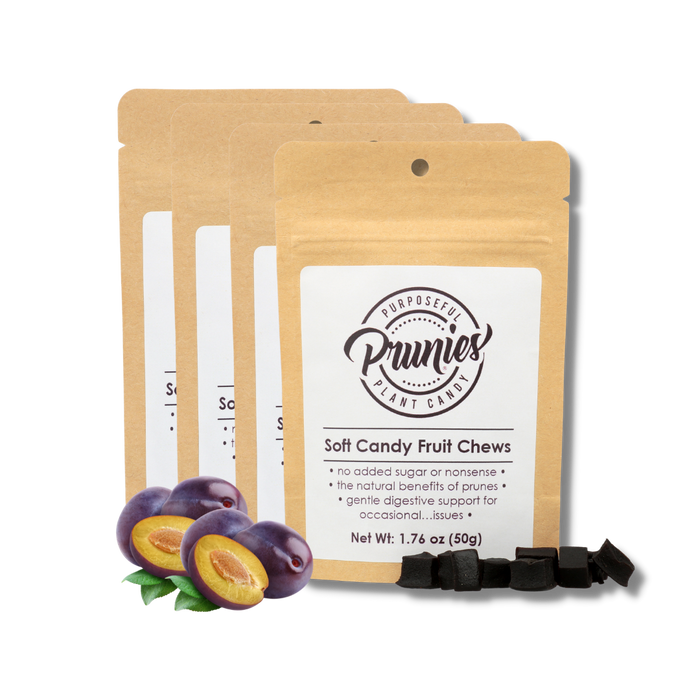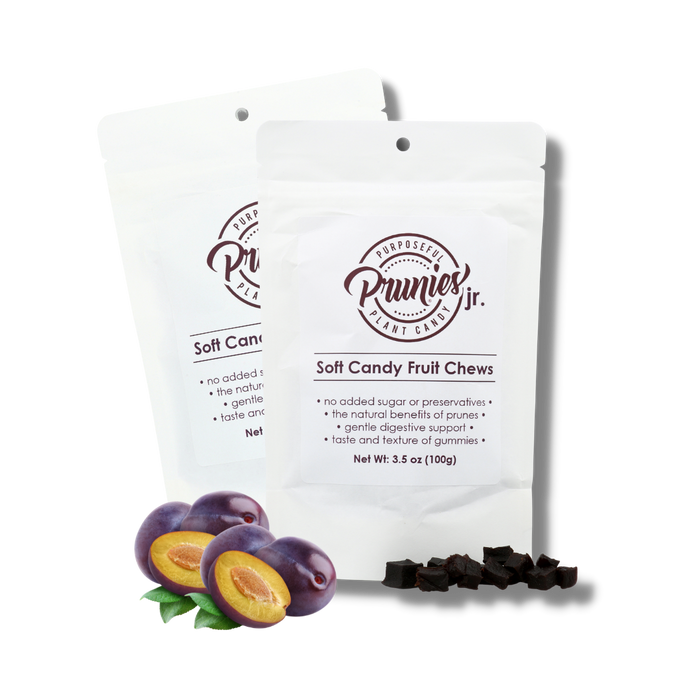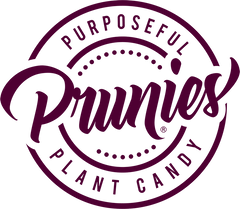
Just Act “Natural”
Natural vs. Artificial flavors as additives in food
What are “natural flavors,” exactly? You see this phrase a lot on labels, particularly with foods that claim to be better for you. But what exactly are “natural flavors,” and how are they different from the often villainized “artificial flavors?” Just like much of FDA labeling rules (which I have a lot of opinions about), distinctions across flavor additives are more letter of the law versus spirit of the law. Meaning, it’s not what you probably think and hope, it is simply a technical definition about origin.
Natural flavors (paraphrase): The term natural flavor or natural flavoring means the essential oil, oleoresin, essence or extractive, protein hydrolysate, distillate, or any product of roasting, heating or enzymolysis [this means a biochemical decomposition, such as a fermentation, that is catalysed by an enzyme], which contains the flavoring constituents derived from a spice, fruit or fruit juice, vegetable or vegetable juice, edible yeast, herb, bark, bud, root, leaf or similar plant material, meat, seafood, poultry, eggs, dairy products, or fermentation products thereof, whose significant function in food is flavoring rather than nutritional.
Artificial flavors (paraphrase): The term artificial flavor or artificial flavoring means any substance, the function of which is to impart flavor, which is not derived from a spice, fruit or fruit juice, vegetable or vegetable juice, edible yeast, herb, bark, bud, root, leaf or similar plant material, meat, fish, poultry, eggs, dairy products, or fermentation products thereof.
To read more, here is the link to FDA food labeling requirements.
Essentially, as long as a flavor additive starts with a plant or animal source, it’s considered a natural flavor. But isolating and releasing that flavor so it can be added into your food happens in a lab, just like from scratch human-made artificial flavors.
A tricky aspect of natural flavor additives can be for those who stick to particular diets (i.e. vegan). Because flavor companies do not have to list ingredients, and natural flavors includes all food types, plants, seeds, meats, etc., you may unintentionally violate your preferences and principles. Side note: An exception to this is for top common food allergens (but not less common ones like sesame); these must be listed on the package if they are included in the flavor.
This is not at all meant to be a high horse post – I eat and enjoy many products with both natural and artificial flavors. However, learning this through developing Prunies® made me challenge my notion that one type was superior to the other, and encouraged me to avoid adding any flavors at all to my product. Prunies® remains with no added flavor, colors or preservatives – just the flavors and superpowers of real ingredients!
Additional info on flavor additives:
Food with organic claims does have increased regulatory requirements, so the preservative and solvents (yes, and that is a whole other topic!) often found in natural flavors in conventional products should not be found in organic products. The NY Times article “Are Natural Flavors Really Natural?” dives into the loopholes that inorganic foods can use and the additives that may be found in foods with natural flavors
Bon Appetit has an article about flavor labs, the molecular difference of natural and artificial flavors (spoiler alert! There isn’t one)
NPR discusses on the potential negative environmental impact that natural flavors can have
This Huffington Post article touches on the safety of flavor additives



